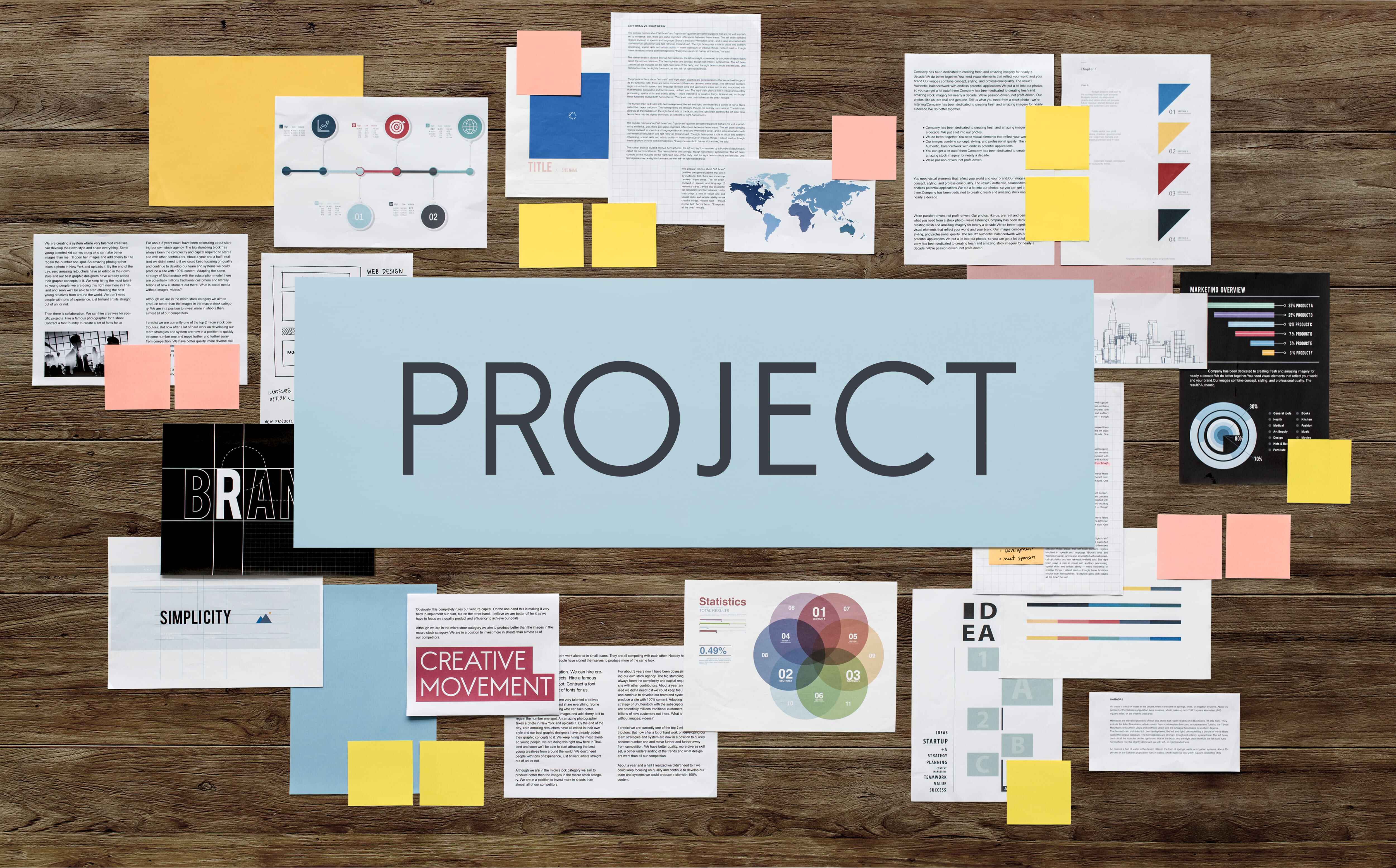In today's competitive job market, having a strong professional portfolio is no longer optional - it's essential. Whether you're a creative professional, a freelance consultant, a developer, or someone seeking opportunities in marketing, design, writing, or tech-driven fields, your portfolio is often the first impression you make on potential employers or clients. A great resume gets you considered. A powerful portfolio gets you hired.
Why a Portfolio is Crucial in 2025
In a digital-first world, hiring managers and clients expect more than a generic CV. They want to see what you can actually do.
A professional portfolio gives recruiters:
- Evidence of your skills and creativity
- Proof of your problem-solving abilities
- Confidence in your ability to deliver results
- A peek into your personality and work ethic
Whether you're a recent graduate or an experienced professional looking to shift careers or upskill, your portfolio is your personal brand in action.
Who Needs a Portfolio?
Almost everyone in today's workforce can benefit from a well-crafted portfolio. But it's especially relevant for:
- Creative professionals (designers, writers, videographers, photographers)
- Developers (frontend, backend, full-stack)
- Marketing and digital media professionals
- Freelancers and consultants
- Students and career-switchers looking to showcase projects and personal initiatives
What to Include in a Job-Winning Portfolio
Your portfolio should tell your career story with clarity and confidence. Include the following sections:
1. Professional Summary
Start with a compelling summary that reflects who you are, what you do, and what value you offer.
2. Core Skills and Competencies
List your technical and soft skills. Use industry-specific keywords like:
- UI/UX Design
- SEO Optimization
- Full-Stack Development
- Branding Strategy
- Project Management
- Data Visualization
- Humanitarian Project Management (if relevant)
3. Project Work and Case Studies
Show your skills in action with 3-6 detailed projects. For each:
- Describe the problem
- Outline your approach
- Highlight the tools or tech used
- Emphasize outcomes or impact (metrics if possible)
4. Certifications and Courses
This adds credibility, especially if you're self-taught or changing careers. List recognized training, like:
- Digital Marketing
- Business Communication
- Coding Bootcamps
- Soft Skills Development
You can enhance your skills through structured programs like the Business Communication course, which is designed to improve how you present your ideas, pitch to clients, and articulate your achievements - all vital when showcasing your work.
5. Resume and Contact Information
Include an up-to-date resume and professional contact details. If you're applying for freelance work, add your social media links and a call-to-action (CTA).
6. Testimonials or Endorsements
If you've worked with clients, mentors, or project teams, include short quotes that back your work ethic, creativity, and delivery.
How to Structure Your Portfolio
a. Choose a Format
Depending on your profession, you can use:
- A personal website (ideal for coders, designers, and marketers)
- A PDF or Google Slides presentation
- A Behance, Dribbble, or GitHub profile
- LinkedIn portfolio features
b. Make It Visually Appealing
- Use clean design and consistent fonts
- Include visuals, graphs, screenshots
- Keep sections well-separated and scannable
c. Tell a Story
Each project should narrate how you approached a challenge and delivered value. Use storytelling techniques to make your portfolio more memorable and engaging.
Common Mistakes to Avoid
- Including irrelevant or outdated work
- Overloading your portfolio with too many projects
- Not tailoring your portfolio for your industry or role
- Poor formatting or hard-to-read layouts
- Not updating it regularly with fresh work
Tips for Creating a Digital Portfolio That Gets Noticed
- Use SEO-friendly headlines if publishing on a personal site
- Link your work to real results or data
- Customize your portfolio based on the job or client you're targeting
- Practice your pitch so you can speak confidently about every item in your portfolio during interviews
How Mentora Can Help You Strengthen Your Portfolio
At Mentora, we specialize in bridging the gap between academic knowledge and real-world employability. If you're looking to add impactful projects, industry exposure, or professional development to your portfolio, our classroom courses are designed just for that.
Whether you're a student or a working professional, our hands-on learning environment, industry-expert faculty, and interactive modules ensure that you gain skills that actually matter in the job market. By enrolling in a relevant course, you not only enhance your portfolio but also boost your confidence to present it.
Final Thoughts
A portfolio is your career's greatest marketing tool. It's not just a folder of work - it's a strategic narrative of your skills, achievements, and potential. Whether you're applying for your dream job, attracting freelance clients, or trying to switch industries, a strong portfolio opens doors.
Invest time in curating it, update it regularly, and always present it with pride. When combined with continuous learning from trusted platforms like Mentora, your portfolio becomes a powerful career asset that actually gets you hired.
















